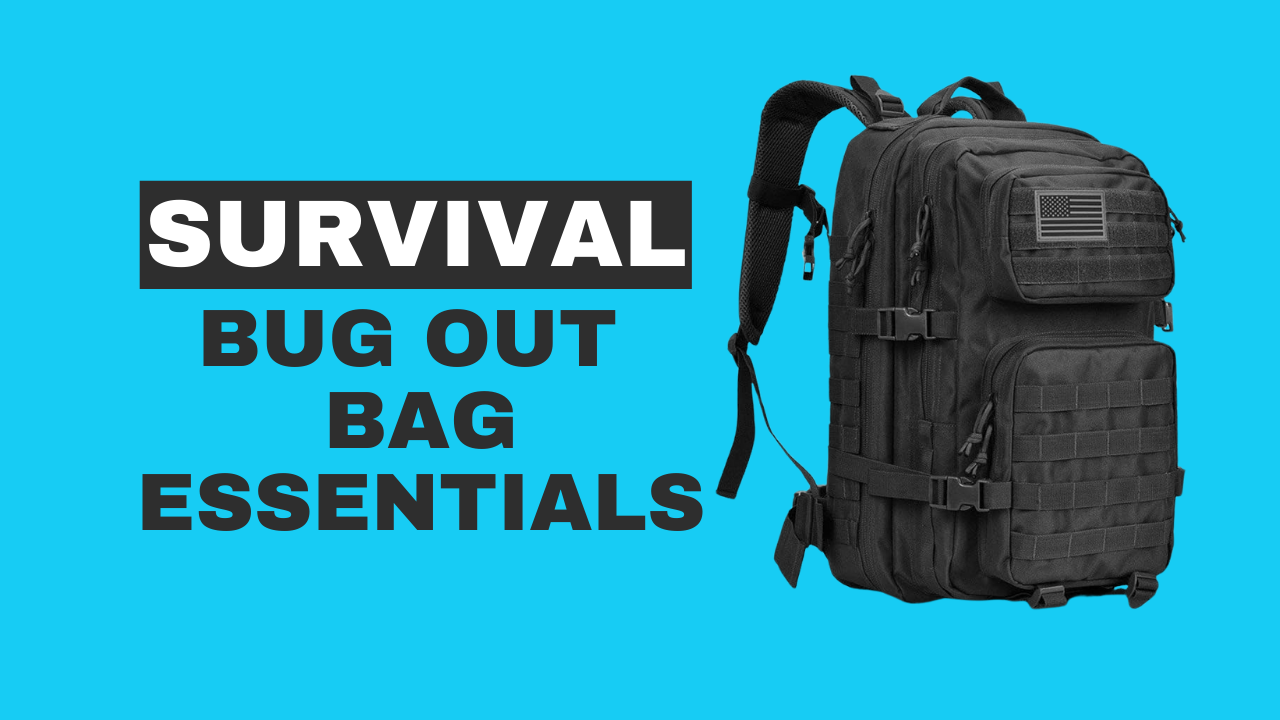Let’s talk about Survival Bug Out Bag Essentials. You can put so much in your bug-out bag, but honestly, what is a MUST?
Water is LIFE: Safe Water is A Necessity
If you’re putting together a survival bug out bag, water purification isn’t just another item on the checklist; it’s a lifeline. You never know when the nearest water source might be contaminated, and getting sick in a survival scenario is not an option. I’m going to walk you through why purifying your water is so critical for survival.

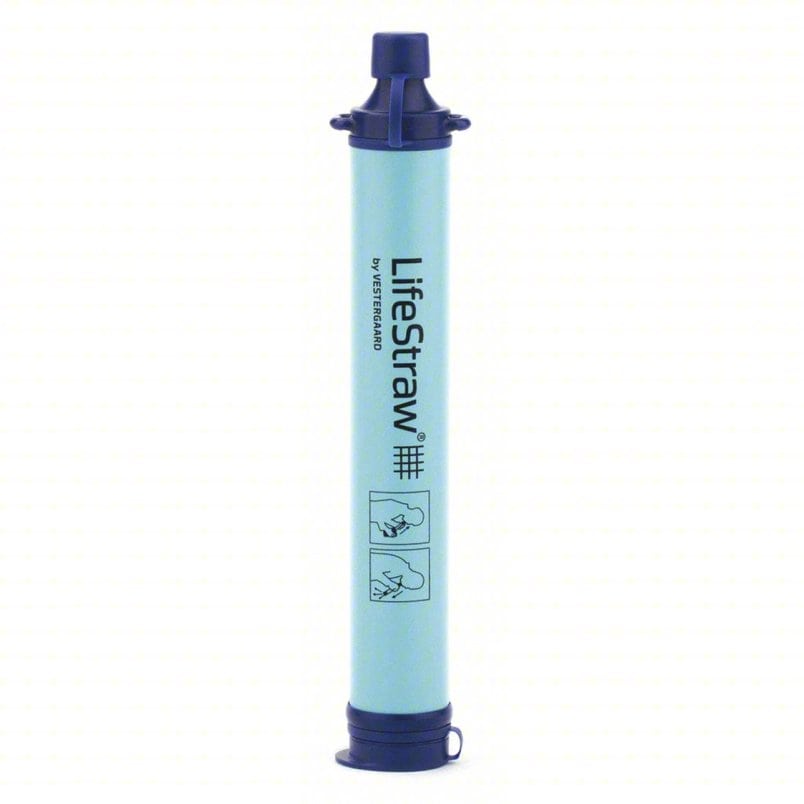
There’s a variety of water purifiers suitable for bug out bags, each with its own set of advantages. Filters can physically remove pathogens, while tablets are lightweight and easy to use. Alternatively, UV light purifiers can kill viruses without leaving a taste. Choose the right water purification method by considering factors like weight, speed, and efficacy.
Your choice matters, and in my opinion, it’s worth investing both time and money to find the perfect fit for your needs. After all, your health could be at stake.
Once you have the know-how to secure a safe sip of water, it’s crucial to stay protected against the elements. This is where environmental protection gear comes in. In the next section, we’ll explore how to stay shielded from extreme weather, which is paramount to your survival kit’s utility.
Navigating Extreme Elements: Environmental Protection Must-Haves
I’m going to walk you through the importance of environmental protection and the gear you need to weather various conditions. This isn’t just about staying dry or warm; it’s also about shielding yourself from harmful sun rays, wind, and even insects that can turn your situation from manageable to dire in no time.
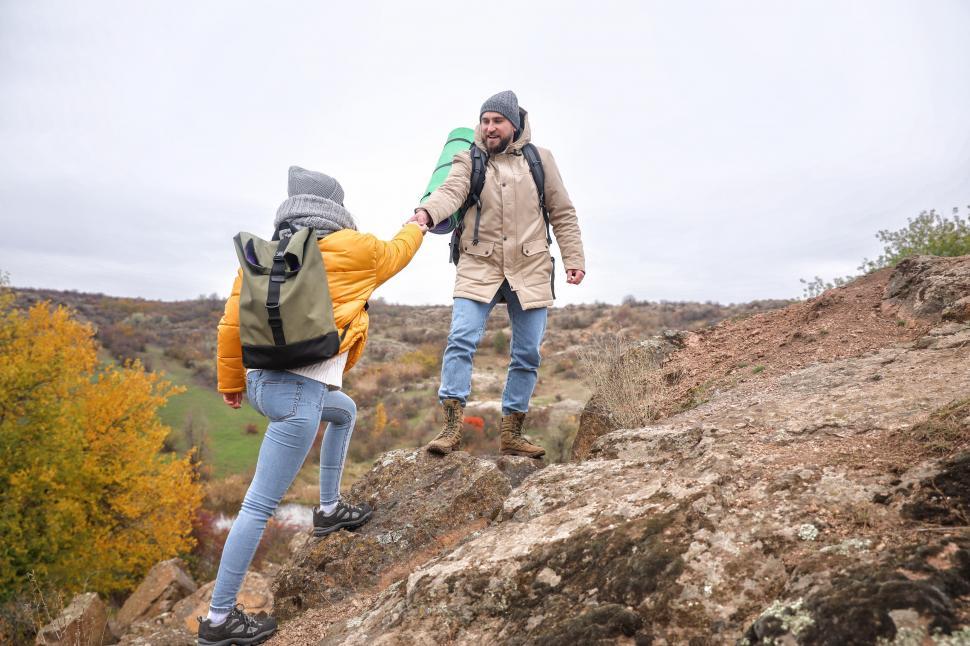
Whoever said ‘there’s no bad weather, only bad clothing,’ knew their stuff. Your first line of defense is effective layering. Choose moisture-wicking materials for your base layer, insulating fabrics for the middle, and a waterproof, breathable shell for the outside. This combo will keep you dry from both sweat and rain.
Don’t worry too much about fashion here. What you’re aiming for is versatility and functionality. A good hat, gloves, and sturdy boots can make a huge difference in comfort and mobility. Remember to pick clothing that can take a beating and still keep you protected.
Now, when you’re prioritizing gear, it can be tempting to skimp on protection to save space or weight. But trust me when I say that having the right gear to combat the elements can mean the difference between pushing forward or being stopped in your tracks.
Nutrient Rich and Lightweight: Optimizing Your Food Supplies
You’re going to find out about striking the balance between nutritional value and carrying weight when packing your bug out bag. This isn’t just about filling your bag with food; it’s about smart selections that meet your energy needs while being mindful of weight and space restrictions.
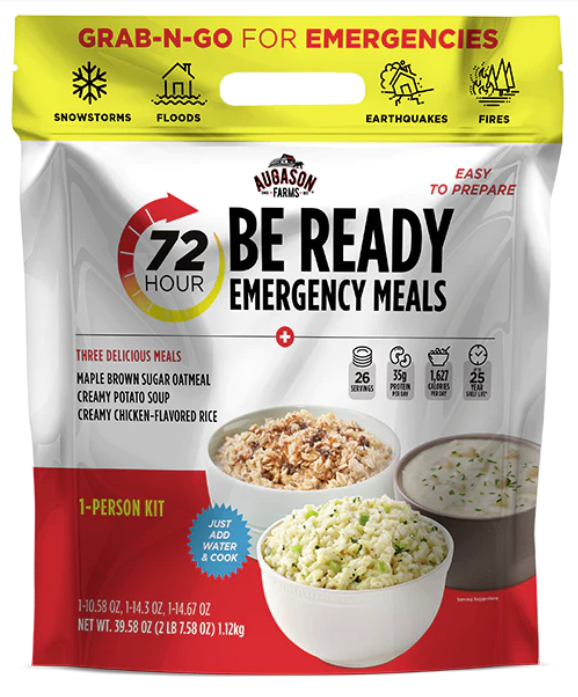
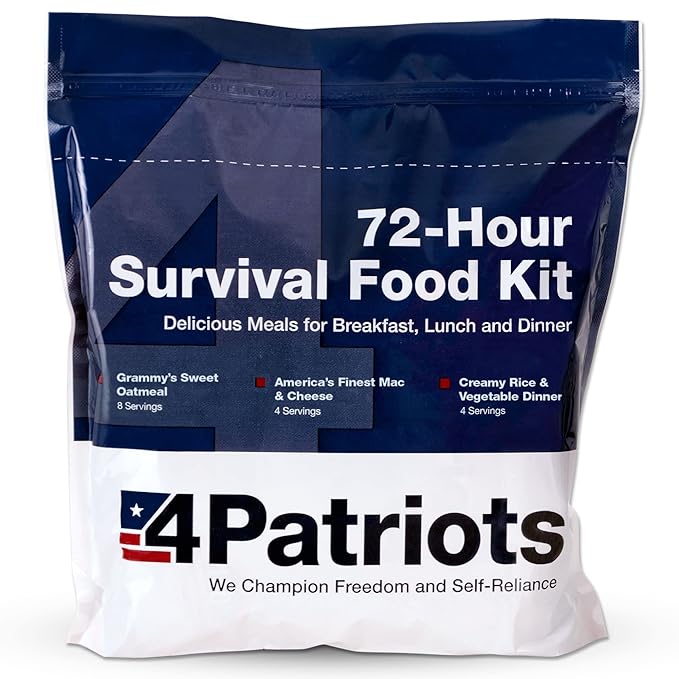
Choose something that resonates with you, both for taste and nutrition. Durable options like freeze-dried meals, energy bars, and nuts provide not only a quick source of energy but also essential nutrients. You can also consider packing multivitamins to compensate for any dietary deficiencies without adding much weight.
In terms of strategies for packing, think practicality. Use vacuum-sealing to reduce the size of your food packages and protect them from the elements. Keep an inventory of your food supply, ensuring you have enough for at least 72 hours. Rotation is key to prevent spoilage—set expiration reminders to swap out older items regularly.
Don’t forget about the necessary tools for meal preparation. A compact stove, a lightweight pot, and a durable spork can go a long way. In my opinion, being able to heat food not only provides comfort but can also improve morale in tough survival situations.
Now, let’s talk shelter and rest. After sorting out your nutrition and energy needs, you’re going to need rest to maintain your stamina. That’s where the right sleeping gear comes into play. You can always adjust your approach down the road, but starting with the appropriate equipment is crucial.
Rest and Recovery: Selecting the Right Sleeping Gear for Your Bug Out Bag
You’re going to find out about the undeniable influence sleep has on your ability to make clear, rational decisions during high-stress situations. Just don’t focus too much on perfection here; the goal is to choose something that keeps you warm, dry, and somewhat comfortable through the night.
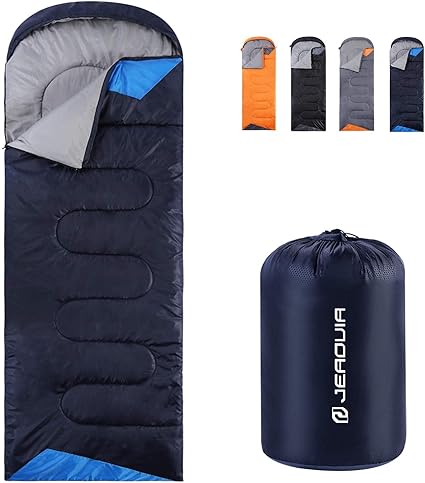
Consider the ‘sleep system’ approach for emergencies. This isn’t just about a sleeping bag; it’s also about what’s underneath you and the protective shelter over you. I’m talking tents, sleeping bags, and sleeping pads, they form a system that should work together in harmony.
When picking out your sleeping gear, there are a few key factors to weigh: How well does it insulate? Can it compress into a size that doesn’t devour all the space in your bag? Is it reliable across different seasons? Choose items that strike the right balance for your specific needs.
Now, setting up that cozy bed in the wild doesn’t have to be laborious. Pack that lightweight tent, a sleeping bag rated for the right temperature, and a compact sleeping pad thick enough to protect you from the ground. I’m here to help you with understanding the specs so you can make informed choices.
Before we move on to the next critical section on first aid, let’s talk about proper care. Your sleeping gear needs attention to deliver its best when you need it most. Unpack and air everything out after each drill or trip, clean according to manufacturer instructions, and you’ll be all set for next time.
Preparedness in Injury and Illness: First Aid Essentials for Survival Situations
In my opinion, the value of a good first aid kit simply can’t be overstated when it comes to survival scenarios. It’s your frontline defense against minor injuries that can turn into major problems if left unattended. Your first aid kit should be more than just band-aids and antiseptic wipes – think tourniquets, pressure dressings, and perhaps even an EpiPen if allergies are a concern.
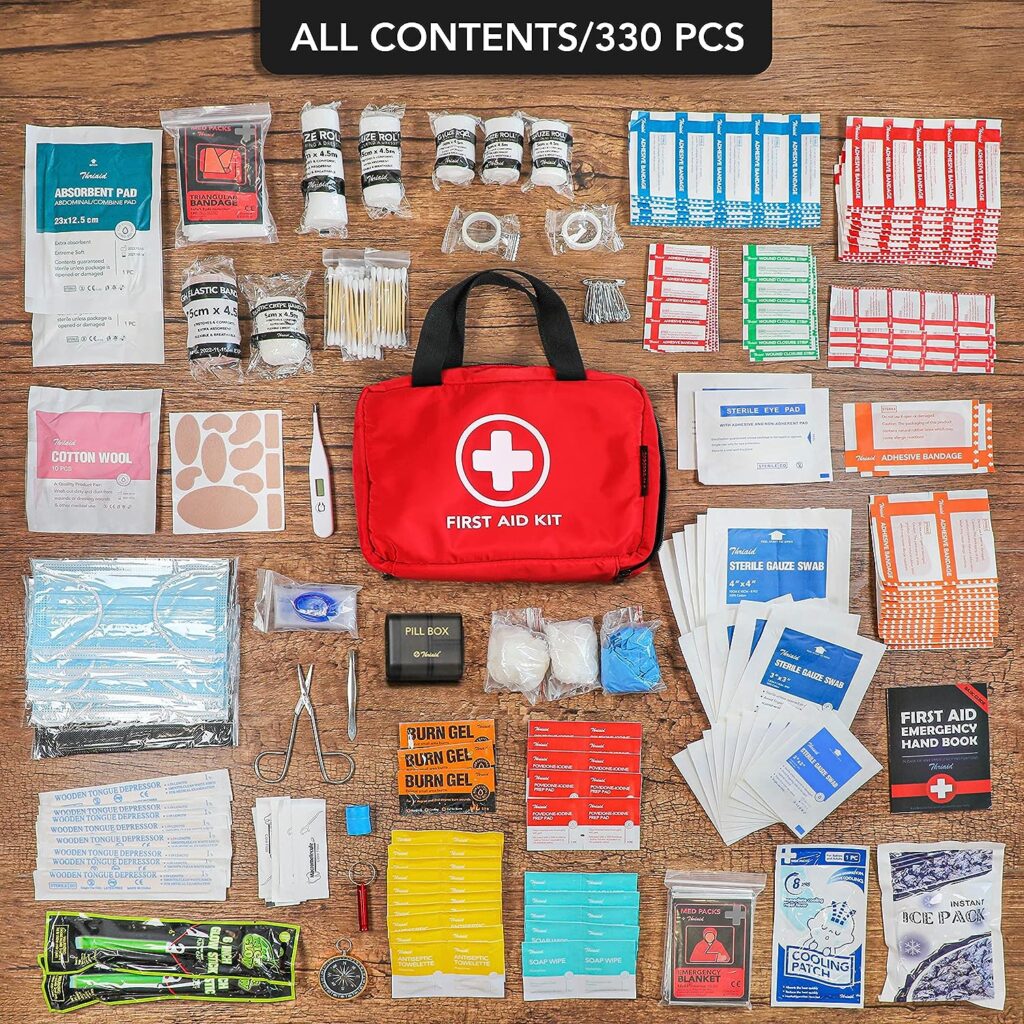
You’re going to want to tailor your kit to the environment you’re in and the common risks associated with it. Are there venomous creatures? Extreme weather conditions? Make sure you have the right supplies and knowledge to deal with these specific threats.
You can always adjust your approach down the road, but there are some first aid fundamentals you should always include: tools for splinting, wound management items, medicines for common ailments, and instructions for emergency procedures. And here’s a key tip: having a first aid kit is one thing, knowing how to use it effectively is another. Regularly brush up on your first aid skills through courses and practical sessions.
Maintaining and replenishing your first aid supplies is crucial. You don’t want to discover that your supplies have expired or are damaged when an emergency strikes. Regular check-ups will ensure everything in your kit is in top condition and ready to go when needed.
In conclusion, your survival bug out bag isn’t just about gear and gadgets – it’s about being ready to protect and sustain life in adverse conditions. A well-thought-out first aid kit is an indispensable part of that readiness. Choose something that resonates with you – if it gives you confidence and peace of mind, it’s probably the right kit for you. And remember, your first attempt doesn’t need to be your last – continually evaluate and improve your kit as you gain more experience and knowledge.

